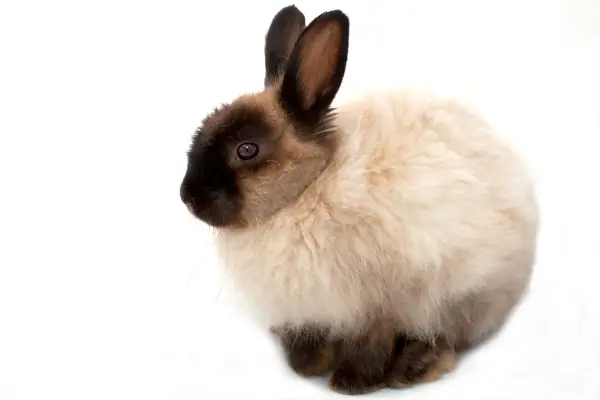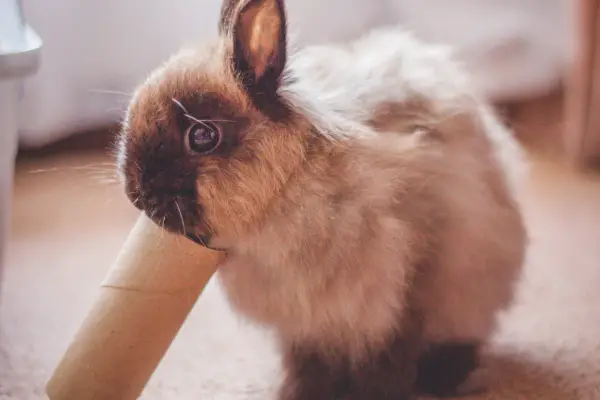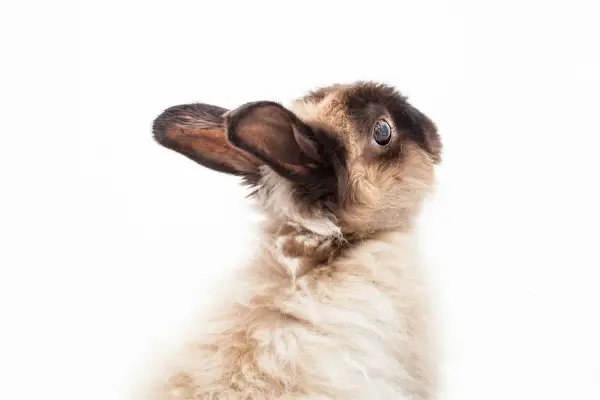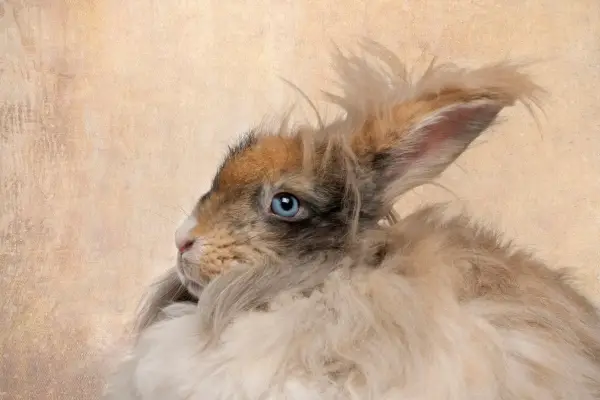The dwarf angora rabbit is a small breed of domestic rabbit known for its long, soft wool coat. While similar in appearance to the standard-sized angora breeds, dwarf angoras have been selectively bred to remain small in stature whilst retaining their luxurious fleece.
Their gentle, docile nature and adorable size make them popular small pets. In this blog post guide, we will explore the history, characteristics, care requirements, and more about these charming little rabbits.
History and Origins
Angora rabbits originate from Angora, now known as Ankara, in Turkey. The longhaired coats of angora breeds have been prized for hundreds of years for their ultra-fine wool, known as angora wool. Initially only available in standard sizes, dedicated breeders in multiple countries set about developing miniature angora varieties in the early 20th century.
Through selective breeding programs, they succeeded in establishing reliable dwarfing genes while preserving fleece quality and quantity.
The American Rabbit Breeders Association (ARBA) officially recognized the Dwarf Angora breed in the 1960s after several breeders had made considerable progress.
Today there are four distinct angora breeds recognized based on coat color – white, black, red and colors. Dwarf versions of each exist and continue to be developed worldwide. Their small stature and gentle nature have made dwarf angoras a popular companion rabbit throughout North America and globally.
Appearance and Coat
As their name suggests, dwarf angoras are petite rabbits that rarely exceed 4 pounds fully grown. Mature does typically weigh 2-3 pounds and bucks 3-4 pounds. Despite their small size, their round bodies, medium-length ears, and large eyes give them proportions similar to their standard angora relatives.
The trademark feature of Angoras is undoubtedly their soft wool coat. Dwarf angoras grow wool that is just as long, fine, and luxurious as standard angoras, measuring 2-4 inches in length all over the body. Their coat remains quite dense and requires regular care to prevent matting.
The wool comes in pure white, black, red or broken colors and needs to be clipped or plucked regularly to harvest the fiber. Angora wool is exceptionally lightweight, thermal insulating and hypoallergenic.
Personality and Temperament
Dwarf angoras thrive as affectionate family pets and companions. They have gentle dispositions and enjoy calm interactions with their human caretakers.
While still rabbits and not domesticated to the same degree as dogs or cats, dwarf angoras tend to be very tolerant of handling once tamed. Their small size also makes them suitable pets for families with children as long as the children are taught gentle manners around small animals.
As prey animals, angoras can be timid of loud noises and quick movements. Taking things slowly when first bringing them home helps them adjust. Once bonded to their humans, dwarf angoras actively seek attention and enjoy being petted, stroked and cradled. Many are comfortable being held like a teddy bear. Their quiet, docile personalities make them well-suited to indoor pet life.
Housing and Care
Because of their long, delicate wool coats, dwarf angoras require an indoor habitat free from drafts and dampness which could cause health issues.
A large rabbit hutch, rabbit pen or bunny-proofed room provide suitable living spaces. Having at least 4 square feet of space per rabbit allows for exercise, play and grooming behaviors to be performed comfortably. Rabbits are naturally clean animals but their litter boxes still need spot cleaning daily.
Being a wool-bearing breed, grooming is critical for dwarf angoras. Their coats need light brushing 2-3 times per week to distribute natural skin oils and remove loose hair and debris. Deeper brushing is recommended monthly or bi-weekly to remove excess wool production.
Never shave an angora as this damages the guard hairs protecting their skin. Regular nail trims every 4-6 weeks prevents overgrowth and cracking. Dwarf angoras also require exercise in the form of free-roam time each day to stay physically and mentally stimulated.
Diet and Nutrition
A diet of high-quality rabbit pellets formulated for the dwarf angora’s daily nutritional needs is foundational. Fresh timothy or orchard grass hay should also always be available for natural fiber intake. 1/8 cup pellets per pound of body weight is a general guide, along with unlimited hay.
Dwarf angoras thrive on a diet rich in vitamins C, A, D3, biotin and dietary fiber from plant sources like dark, leafy greens. Carrots, broccoli, celery and bell peppers make great occasional treats in moderation. Fresh water should be available at all times in a spill-proof bowl.
Health Considerations
The top health issues to monitor dwarf angoras for include:
- Dental disease: Rabbits’ teeth grow continuously so a balanced diet prevents malocclusion requiring trimming.
- GI stasis: Stress or intestinal blockage puts them at risk; keeping stress low and hay intake high helps prevent.
- Wool block: Without proper grooming, their dense coats can become matted leading to skin irritation.
- Fly strike: Moisture in their fur allows maggots to lay eggs; grooming helps reduce risk in warm weather.
- Ear mites: Tiny parasites that cause scratching; easily treatable with lice/mite product prescribed by an exotics vet.
A diet aligned with their needs, routine nail trims, gentle grooming and keeping their living space clean sets dwarf angoras up to live long, healthy lives averaging 8-12 years. Early vet care addresses any diseases promptly for the best outcomes.
Breeding and Care of Baby Angoras
Does can start cycling at 4-6 months. Used for both pet companions and fiber production, responsible breeding is recommended. Litters average 4-8 kits born pink, hairless and blind. Does benefit from a nesting box and ample litter 2-3 weeks before delivering.
Kits grow their wool coats by 3 weeks, reaching full size within 6 months. Does nurse for 4-6 weeks before gently weaning kits to chopped veggies and pellets. Sexual maturity occurs at 5-7 months. Caring hands make wonderful parenting of the miniature angoras until rehoming or keeping for themselves.
In Summary
The dwarf angora rabbit makes a charming small companion suited to indoor life. From their silky wool coats prized for fiber arts to their gentle, affectionate natures, these miniaturized versions of Angoras capture hearts.
With dedicated daily care including proper diet, exercise, grooming, and veterinary needs tended to, dwarf angoras thrive as family pets for many happy, healthy years. Their calm dispositions and beautiful fleece have earned dwarf angoras devoted fanciers and admirers worldwide.




